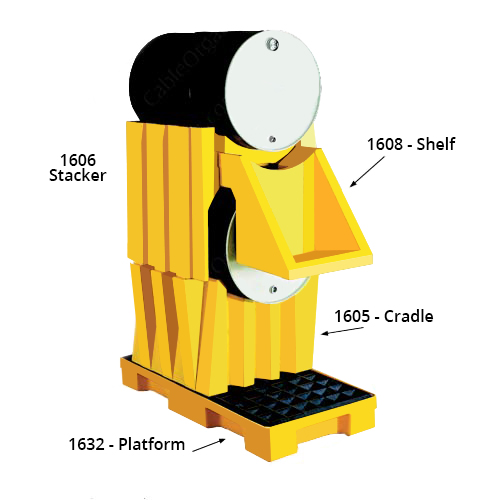
Personal Protective Equipment (PPE) and Occupational Protective Equipment (OPE) are vital to workplace safety. PPE includes some of the basics including gloves, safety glasses, and hard hats, while OPE can encompass hearing protective devices, fall protection systems, respirators, and similar equipment. Both item categories are only effective when kept in good condition. Each must be regularly inspected too for damage and wear. See these few helpful general tips below from the Occupational Safety and Health Administration (OSHA), for keeping these items well-maintained and safe:
- • OSHA requires all employers covered by the Occupational Safety and Health Act to properly inspect and maintain all job-related tools and equipment daily that are used by employees, regardless of whether the tools and equipment are owned by the employees or the company. Inspect protective equipment before each use. If damage is found, take the equipment out of service immediately.
- • Make it a routine that protective equipment receives regular care. Keep a written log of all inspection and maintenance dates.
- • No shortcuts allowed! Be sure your equipment inspections are thorough; and you follow all guidelines and safety procedures. Saving time is not worth the risk of injury.
- • For safety glasses, check daily for scratches, cracks, and other flaws that could impair vision or weaken the eyewear structure. Make sure they fit securely and comfortably; and are adjusted properly to prevent slipping or discomfort. Safety glasses should have built-in UV protection.
- • For hard hats and other head cover, ensure there are no cracks, gouges, or dents that impact their abilities to protect the head. Avoid placing stickers on or painting the surface. Store the hat in a cool, dry location; and avoid hanging it on hooks or pegs, which could damage it. Wear the right type of head protection for the job you’re working on, for example, a hat rated for electrical protection, while working around electrical hazards.
- • For items made with fabric or leather, such as gloves and safety belts, inspect the entire length, including stitching and webbing, for broken or cut threads and pulled stitches. Make sure all items fit properly and discard gloves, for example, that have damage, like cuts, punctures, or tears. Make sure all items fit properly. Store equipment away from heat sources, direct sunlight, or in damp, humid conditions. Check all nylon webbing for surface tufts, which indicate broken strands. Inspect D-rings for chemical corrosion and general shape distortion, as well as attachment points for damaged fibers and other excessive wear. Check the equipment manufacturer’s instructions for cleaning recommendations.
- • Don’t take any chances! Whether your PPE or OPE equipment is damaged, malfunctioning, or showing signs of excessive wear, take the safe route: replace it. When replacing any other piece of Personal Protective Equipment or Occupational Protection Equipment, don’t just discard it… destroy it! By destroying faulty PPE or OPE equipment, you guarantee no one else will reuse it — and unknowingly risk injuring themselves.
Please keep in mind these are only general guidelines and tips. For the complete Personal Protective Equipment and Occupational Safety Equipment requirements — and other workplace safety information — visit the Occupational Safety and Health Administration website at OSHA.gov.
When inspecting and maintaining any other personal protective equipment or occupational protective equipment, always consult the manufacturer for complete and specific product information. Because we are unable to control or ensure proper product use, inspection, maintenance, or repair of any product, CableOrganizer® is not liable for the misuse of any product, or for any resulting injury, damage, or product malfunction.


